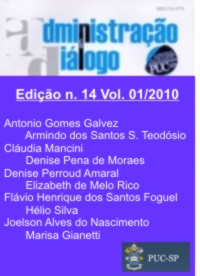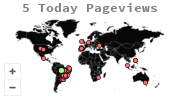MARKETING DA MARCA: UMA ANÁLISE SEMIÓTICA DO PROCESSO DE CONSTRUÇÃO DAS MARCAS
DOI:
https://doi.org/10.20946/rad.v12i1.2937Abstract
Este artigo pretende analisar o processo de construção das marcas do marketing contemporâneo. Trata-se de abordar o deslocamento da práxis do marketing subordinado à produção (era industrial) para a práxis do marketing subordinado à esfera cultural. O mecanismo em que se ancora tal transformação mercadológica é a da substituição das estratégias de persuasão e sedução para aquisição de bens e serviços por um sistema que mercantiliza o acesso a “estilos de vidas” por meio da cultura. Este fenômeno denominamos aqui de arquitetura das marcas.Nossa trajetória de investigação transcorre a partir dos fundamentos semióticos de análise do discurso perpassando pelos conceitos de tecnologização do discurso proposto por Norman Fairclough. Após o desenvolvimento dos conceitos, analisamos o processo de construção das marcas presente no discurso editorial das revistas Carta Capital, Veja, Época e RAE), que fornecerão elementos empíricos das estratégias do marketing contemporâneo.Metrics
Downloads
Published
How to Cite
Issue
Section
License
Authors who publish in this journal agree to the following terms:
1. Authors retain the copyright and grant the journal the right of first publication, with the work licensed simultaneously under a Creative Commons Attribution License after publication, allowing the sharing of work with acknowledgment of the authorship of the work and initial publication in this journal.
2. Authors are authorized to take additional contracts separately, for non-exclusive distribution of the version of the work published in this journal (eg publish in institutional repository or as a book chapter), with acknowledgment of authorship and initial publication in this journal.
3. Authors are allowed and encouraged to publish and distribute their work online (eg in institutional repositories or on their personal page) at any point before or during the editorial process, as this can generate productive changes, as well as increase the and the citation of the published work (See The Effect of Free Access).









